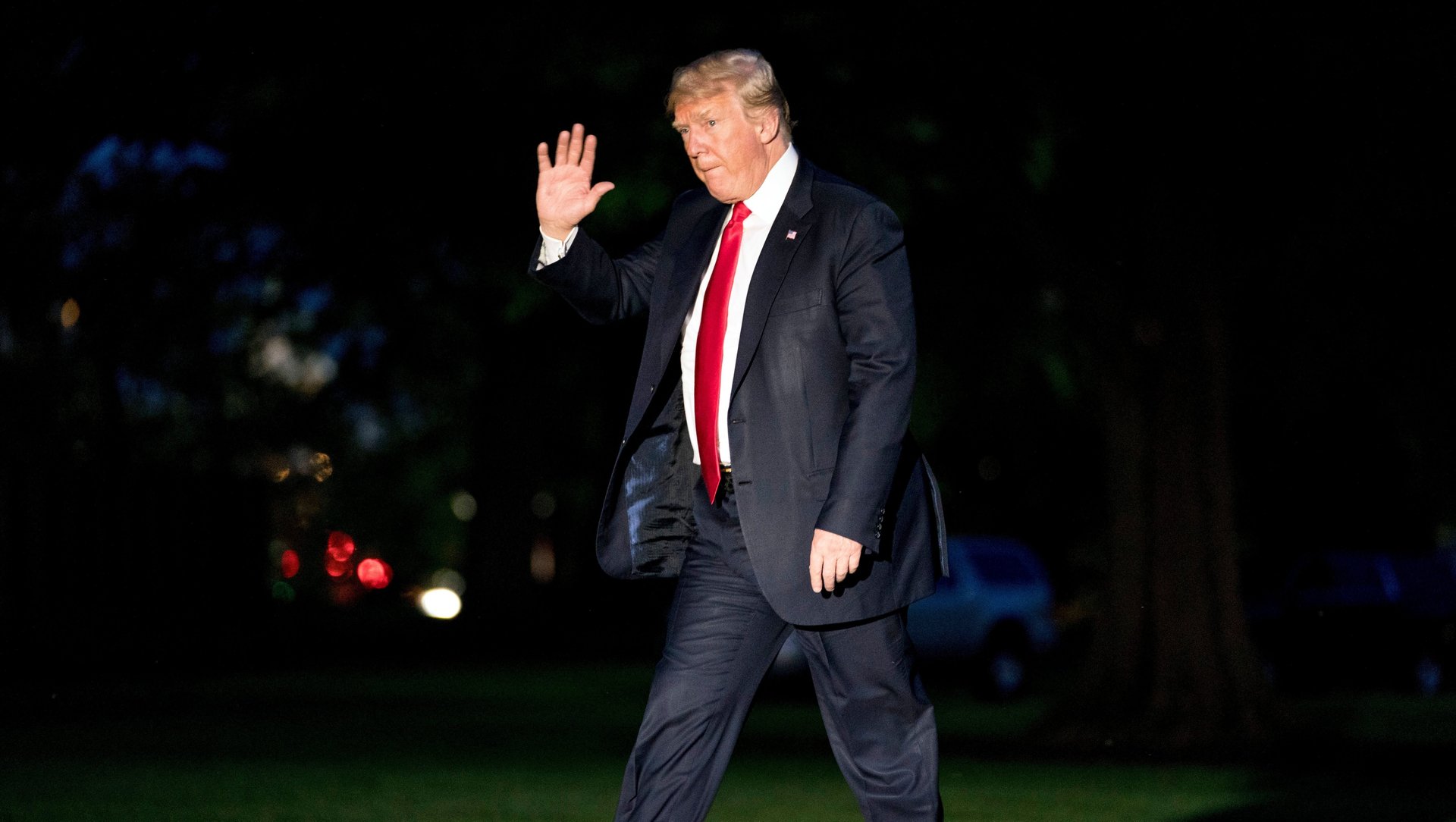Trump’s immigration chief can fix Indians’ wait for green cards—but he won’t
An overwhelming 77% of professionals awaiting US green cards are Indians.


An overwhelming 77% of professionals awaiting US green cards are Indians.
Their waiting period extends between an excruciating 12 years to an impossible 150 years. The uncertainty and instability they face often even tears apart families.
However, the United States Citizenship and Immigration Services (USCIS), which deals with this issue, won’t back easing the 7%-per-country cap since doing that may skew the diversity of immigrant workers in the country.
“It (removing the cap) would fix the problem more or less for people from India. Their wait times would go down,” USCIS director Lee Francis Cissna said on Aug. 15. “But as a result, most of the flow of immigrants who come through employment visas would be from India almost exclusively for many years…That’s an issue.”
This would compromise the diversity in the pool of employment-based immigrants coming to the US, he added.
Besides what Cissna said, where he said it is also a major concern. He was speaking at the “Immigration Newsmaker” event organised by the Center for Immigration Studies (CIS), classified as an anti-immigrant hate group. It has long published works by white nationalist and anti-semitic writers and hyped the criminality of immigrants, among other things.
Earlier this year, two other Trump administration officials–Executive Office for Immigration Review’s director James McHenry and former Immigration and Customs Enforcement director Thomas Homan–appeared at similar CIS events.
If Cissna is to be believed, getting a green card could only get harder for professionals.
So far, only green card applicants who were taking the family reunification and marriage route were interviewed as part of the process. Now those taking the employment route may also be interrogated, he said, while also sharing discouraging views on various visa categories extensively used by Indians.
The crackdown
The US has already made the process of applying for the much sought-after H-1B visas more cumbersome. Indians, who receive over three-quarters of these visas, are the worst-hit.
Among other things, there has been a sharp increase in the number of additional documentation required to prove employment.
“That is a completely rational thing to do; if it requires more evidence…so be it,” said Cissna. “Let that evidence be produced. There is absolutely nothing malevolent about that.”
Meanwhile, the Donald Trump administration is yet to decide if spouses of H-1B visa holders may work or not, Cissna said. A decision on this was earlier expected by the end of June.
Indians would be worse off if the proposed change comes through, as they hold nearly 80% of the H-4 visas. An overwhelming majority of these Indians are women.
Cissna tried to make a case against letting H-4 visa-holders work.
He said spouses of several other types of visa-holders are allowed employment, while H-1B dependents were never meant to get work permits. ”(Congress) didn’t talk about H-1Bs…I think that is an important reason why we should propose rescinding it,” he said.
In 2015, president Barack Obama had passed a rule to allow H-4 holders, whose spouses await green cards, to work.
Experts are, meanwhile, unconvinced by Cissna’s argument.
“He is arguing that because Congress did not expressly authorise H-4 visa holders to work, he lacks the authority to grant it…if that was the standard, USCIS would have to abandon 90% of its current operating practices,” immigration attorney Jonathan Wasden told Quartz. USCIS has the authority to give just about anyone employment authorisation, unless a law states otherwise, he added.
Ana Campoy contributed to this story.